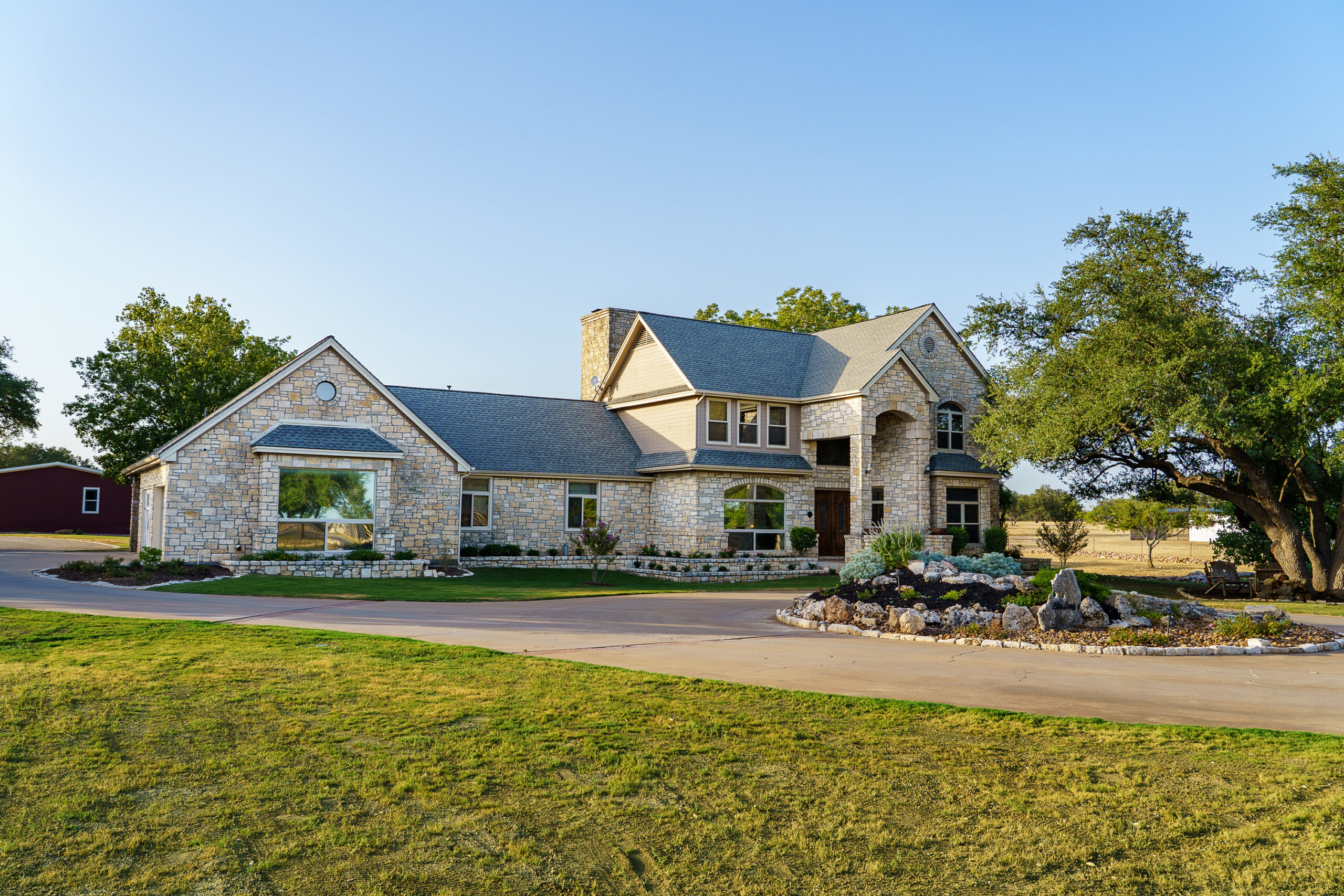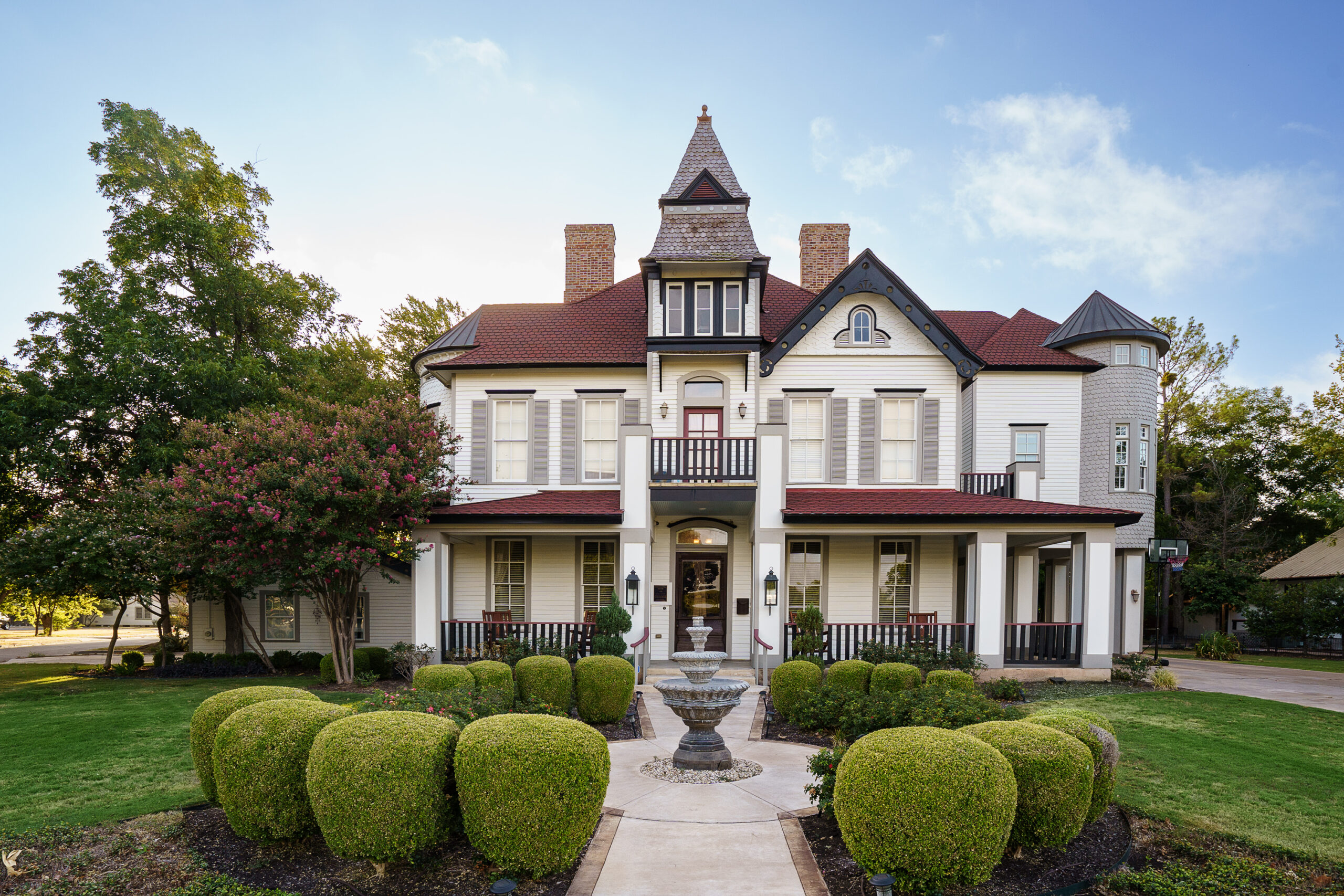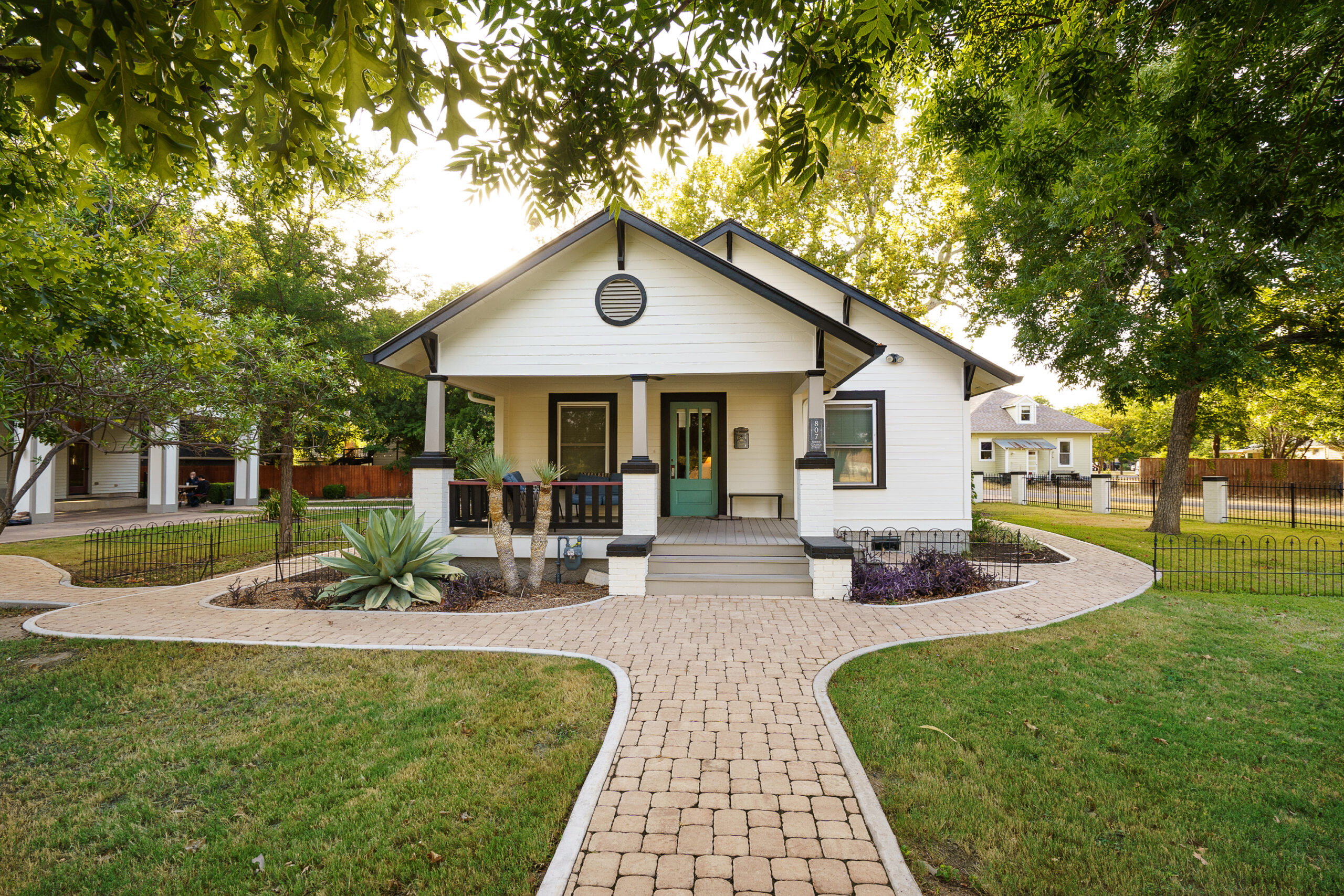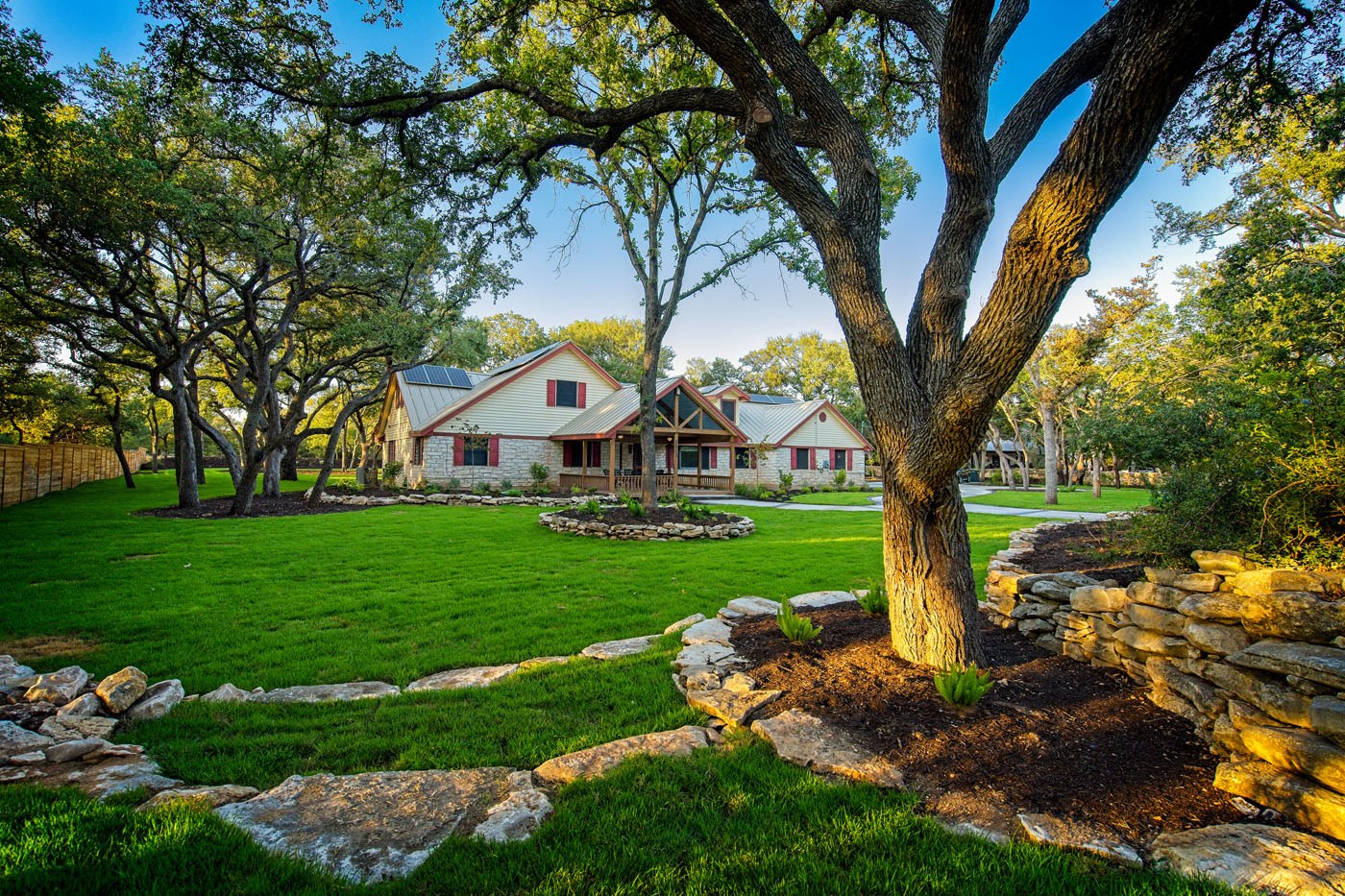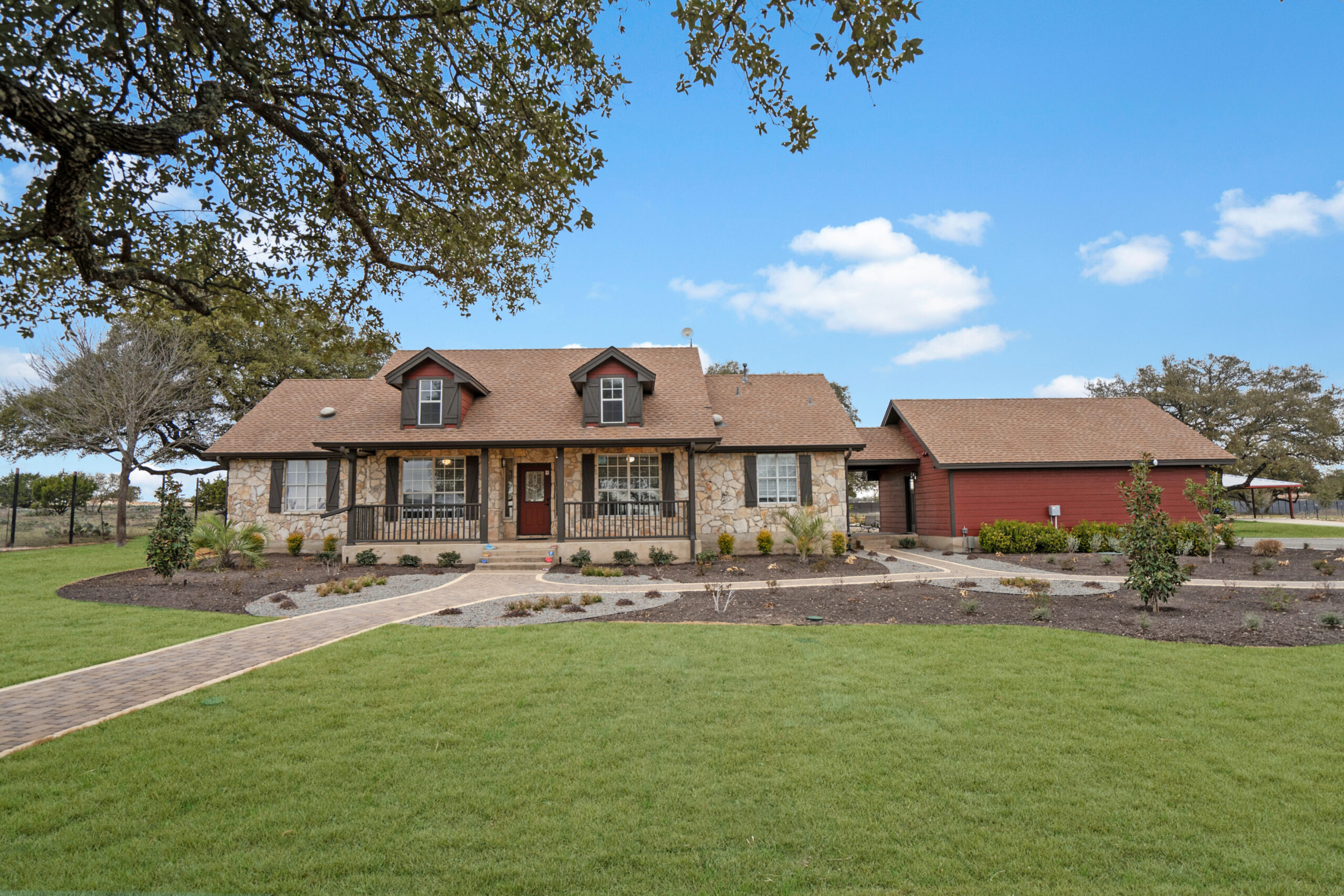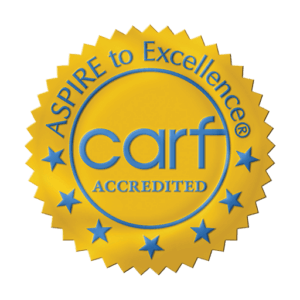If you’re nearing the completion of an residential drug and alcohol treatment program, there will most likely be a limited number of housing options available to you. You may be eager to move back in with loved ones, or have decided to find a low-cost room in a house. One of the very best options is to live in a sober living environment (SLE), also known as a sober living house (SLH).
An SLE is a house whose residents are people in recovery and that is designed to encourage residents to live clean and sober lives. The management, room structures and sizes, and rules vary from SLE to SLE. Many require regular twelve step meeting attendance and help housemates to support each other through regular house meetings and group meals.
Why Choosing to Live in an SLE After Treatment is Smart
Life in residential drug and alcohol treatment facilities is designed to support recovery and prevent relapse. Each day is a tightly structured schedule of meals, small jobs, counseling sessions, group therapy meetings, and light exercise activities. Regular medical checkups and random drug testing help residents grow healthier while diminishing incidents of relapse. There are often strict rules whose disobedience results in severe consequences, up to and including dismissal from the facility.
Transitioning out of such a structured living environment can be problematic. Some of us who returned home after graduating from residential treatment centers experienced relapse soon thereafter. We returned to an environment lacking the structure and rules that had kept us focused on our recovery while in treatment, and we began engaging in patterns of behavior and choice making that ultimately opened the door to relapse.
Others of us chose to move directly from treatment completion into an SLE and the results were very different. Although many of the rules and regulations of the treatment facility were absent at the SLE, there remained some structure and a strong focus on twelve step recovery. We benefited greatly from this transitional living and in many cases chose to remain at an SLE for six months or more. When we eventually chose to live independently, we were much better prepared for it. Compared with those who had not moved into SLEs, we had been continuously clean and sober for longer and had more twelve step recovery time under our belts. This transitional living gave us a statistically much better chance at staying in recovery and greatly reduced our chances at relapsing soon after successfully completing treatment.
If you believe you or a loved one suffers from the disease of addiction, please call Alta Loma Recovery at 866-457-3843 today. You don’t ever have to drink or use again. And you never have to be alone again. We believe this to be true because it has been our experience.
